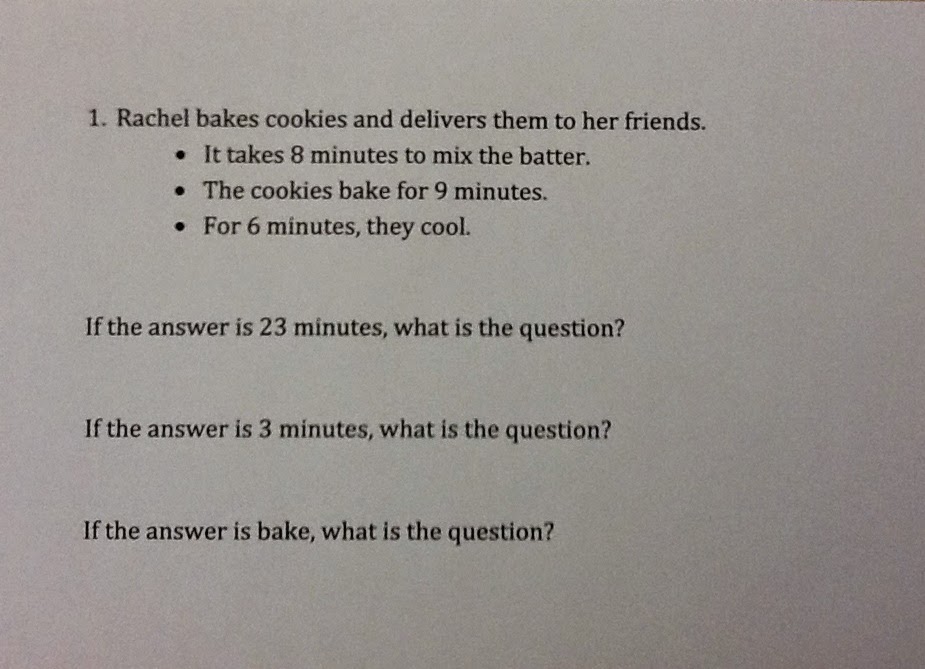 |
| Actually I've found quite a bit of math in here. |
 |
| It was sitting on one of the tables in the Faculty Lounge. |
I didn't have time to work it all out at the moment, so I took the basket back to our room. Teachers would have to go without sweetener for a while, but it was all in the name of math. As I began to look at the packets, I realized they were all different brands: Dunkin' Donuts, Wawa, name brand, generic, etc. I felt that for the task to work, each type would have to be the same.
 |
| A quick trip to the supermarket and I had what I needed, and the teachers had their sweeteners back. |
Act 1
sugar act 1 from Joe Schwartz on Vimeo.
Here's a picture of the packets in a pile:
Act 2
This move was informed by my experience with Piggy Bank. During Act 2 a group in one class had asked to see, "All the coins laid out in a line." What an interesting experience it would have been to watch the members of that group attempt to count 814 coins! So rather then just give them the total number of each type of packet, I decided to make them work for it. I also felt it would be a good way to reinforce arrays and multiplication.
As I worked the Piggy Bank 3-Act through the classes, I was surprised by how many requests I received for the dimensions of the bank. I tried to anticipate this happening with the sugar 3-Act, so I took this picture just in case:
And for the sequel:
Act 3
If you're keeping track, it's 40 packets of Domino, 26 Sweet 'n Low, 21 Equal, and 25 Splenda for a total of 112 packets.
For the sequel reveal, I need to give credit to our district's videographer John McMenamin, who has helped give some of our videos a more professional feel. Warning: Even with the time lapse, the video runs a little over 5 minutes. For those unwilling to sit through it, a picture follows, although I think counting by 3 1/2 would make a good counting circle activity.
SugarREVEAL from Joe Schwartz on Vimeo.
Here's what I learned:
- It's not so easy to make a 3-Act, and it really helps to have people to collaborate with. Kudos to my ace film crew. Thanks Theresa and John!
- Previous 3-Act experiences can help you anticipate what the kids may ask for in Act 2. The more information you can provide in Act 2, the better the experience.
- 3-Acts are contagious. Once you do one with your class, it's hard not to see the world around you in terms of potential 3-Acts. Theresa created one from a picture she took at a birthday party of a 4 ft. sub sandwich for grade 5, Rich already has one under his belt and is working on another, Jane is hammering out the details on a Lego 3-Act for grade 3, and Kim has some ideas for 3-Acts for kindergarten.
We've yet to spring this one on a class, so if you try it, please give us some feedback in the comments.

.JPG)






























